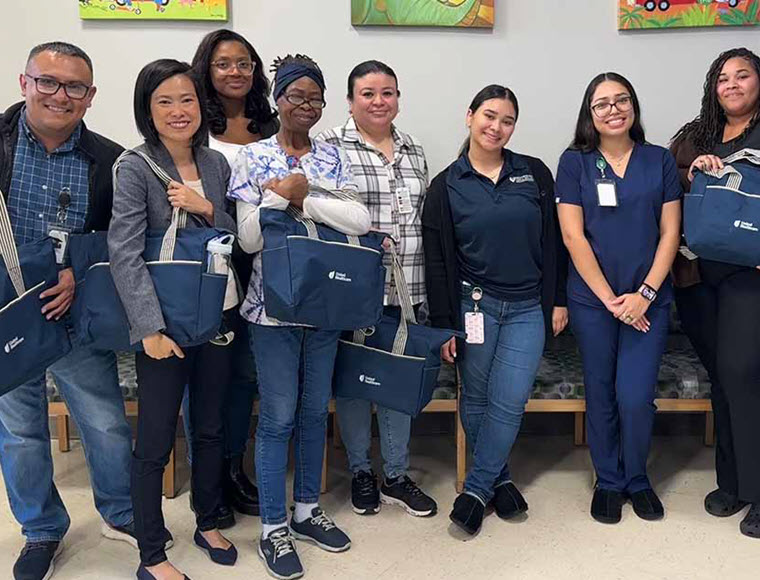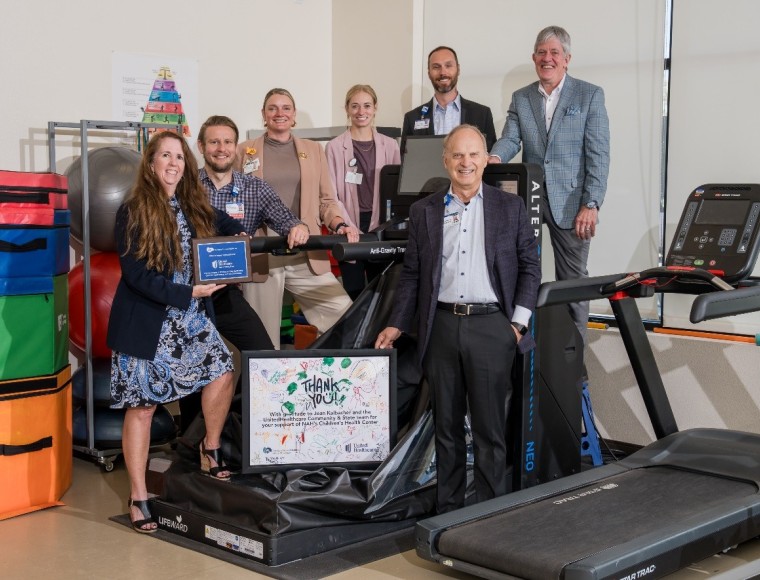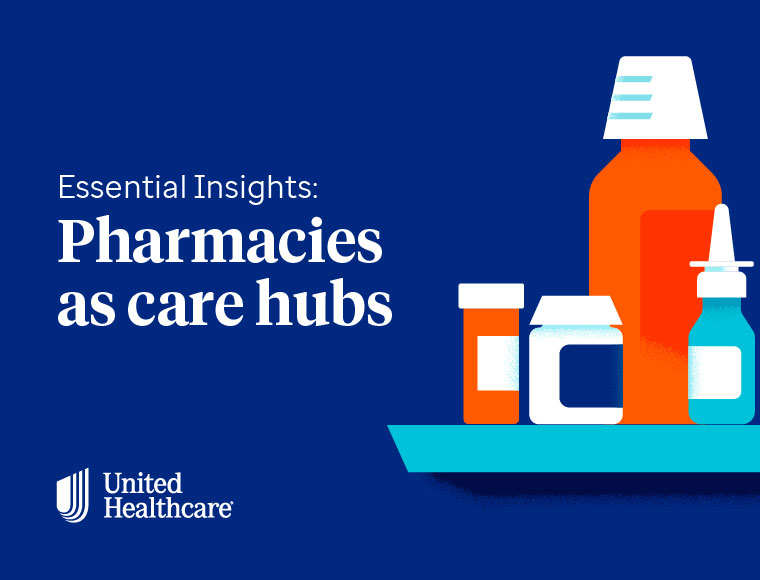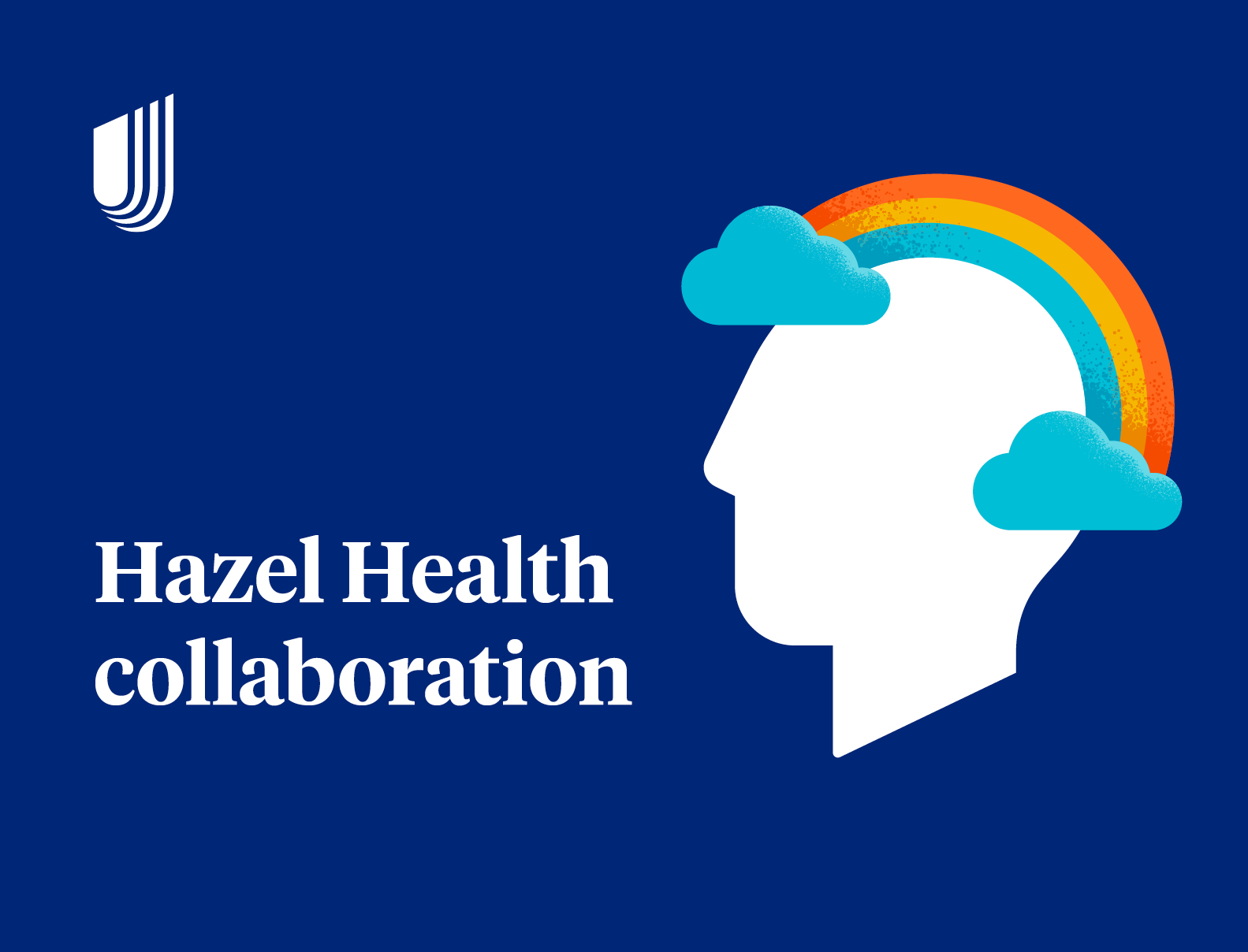UnitedHealth Group is one of 11 health systems pledging to simplify health information exchange for members and providers, and one of five payers participating in a CMS-aligned network. These early adopters are working together to empower patients, reduce administrative burden and improve health outcomes through secure, personalized and interoperable health care technology.
As long-standing members of Medicaid Health Plans of America (MHPA), we recognize that collaboration across managed care organizations (MCOs) is essential, but it’s only part of the equation. There is a growing understanding that collaboration must extend across the entire health care ecosystem. A member’s health outcome is a shared responsibility, and meaningful progress depends on all stakeholders, members, providers, MCOs, states, CMS, vendors and technology collaborators working together.
MHPA’s Technology, Education and Action Workgroup (TEAW) reflects this shift. It is increasingly clear that technology is the foundation for nearly every aspect of Medicaid modernization. From eligibility and enrollment to care coordination and member engagement, digital infrastructure underpins the ability to deliver timely and effective care.
Centering Medicaid members in every innovation
Across the ecosystem, there is alignment that modernization must be rooted in member outcomes. Whether addressing eligibility, enrollment or care coordination, the goal is to ensure that no eligible member loses coverage and that every technological advancement serves their needs. This shared commitment is especially critical in today’s environment, where policy shifts and operational pressures demand thoughtful, member-first solutions.
Current constraint: Technology interoperability
Today, medical data has competing structures making it increasingly difficult to share information. Some structures are focused on aspects of nursing, while others are more focused on physicians or claims and billing processes. From the patient's perspective, it can be a struggle to retrieve health records, and this creates frustration down the line as the same information needs to be recalled or documented repeatedly throughout their health journey. Standardization and standard mapping across these various structures will support effective documentation and communication of physical, behavioral and social health data between all relevant stakeholders.
Similarly, 834 enrollment files which are essential for verifying member eligibility are still processed in batch formats and vary widely across states. This inconsistency creates delays, increases administrative burden and limits the ability to deliver timely support. Collective advocacy through MHPA and TEAW has elevated this issue, emphasizing the need for standardized, real-time data exchange to ensure smoother transitions of care and better data accuracy.
Momentum for modernization: Policy and technology converge
The passage of H.R. 1 introduces sweeping changes to Medicaid, including community engagement requirements, increased verification protocols and new program integrity measures. With accelerated implementation timelines and increased operational complexity, the urgency to modernize technology is clear. The administration has signaled that modernization is a priority and there is recognition that all entities must be aligned and collaborative to ensure sustainable and meaningful evolution of Medicaid.
Many of the goals outlined in H.R. 1 and other policy initiatives are only achievable through technology. There is a concerted effort from the administration to leverage digital infrastructure to meet these challenges, similar to the rapid innovation seen during the COVID-19 pandemic. Rules like CMS’ Advancing Interoperability and Improving Prior Authorization Processes Final Rule are designed to enable real-time data exchange, reduce administrative burden and enhance patients’ access to their health information. These efforts reflect a broader understanding that technology is no longer just a tool; it is the enabler of modern Medicaid.
Future opportunities: Modernizing Medicaid
The ability to initiate real-time data exchange will benefit members, providers and payers by reducing reliance on fax machines, batch processes and other outdated technological systems. The goal of the CMS aligned networks is to provide seamless and secure exchanges of information. Other CMS initiatives include:
- Kill the clipboard: This initiative will allow for members to effectively manage their own health data records. From retrieval of their health records to sharing this critical information with providers. This fundamental change will remove the burden of patients to repeatedly write out their medical history.1
- Medicaid Information Technology Architecture (MITA): A national framework that has several goals, including the development of integrated systems that communicate through interoperability and common standards.2
- Conversational AI assistant tools: Connecting with CMS Aligned Network participants or personal health record applications is another pledge made by UnitedHealthcare as one of the current 18 organizations committed to this capability. With a member’s consent, access to relevant health information would be used by conversational AI assistants to deliver personalized information for the member including educational content and guidance to professional care.3
Medicaid sustainability through technology and collaboration
Modernizing Medicaid requires more than innovation, it demands thoughtful, coordinated action across the entire health care ecosystem. UnitedHealthcare continues to advocate for updated consent frameworks that balance members’ privacy with their need for timely and impactful engagement. These frameworks help ensure technology can fully support continuity of coverage for those who need it most.
By working with engaged Medicaid stakeholders, the collective focus has been on leveraging technology to improve member outcomes and enhance data flows. This collaboration is key to building long-term sustainability for the program. Innovative efforts using modern frameworks and AI tools are already helping reduce barriers for members to access their medical records and communicate with their providers more easily and effectively.
Technology is not just a support function; it is the foundation for Medicaid transformation. It enables real-time engagement, streamlines administrative processes and empowers members to take an active role in their care. Innovation across Medicaid is driven by the need to support these advancements and foster improved health outcomes through member engagement.
Additionally, collective advocacy through MHPA and its Technology, Education and Action Workgroup has helped shape CMS guidance and policy frameworks. There is a shared push for modernized consent structures, permanent outreach flexibilities, technical assistance and standardization across states. These efforts are not about individual wins. They reflect a unified commitment to ensuring that every policy translates into better member experiences and outcomes and uplifts Medicaid as a whole.
To learn more about Medicaid and find helpful resources from UnitedHealthcare Community & State, visit our Medicaid Made Clear page.
To learn more about MHPA, https://medicaidplans.org.
Enjoy this article? Get future Community & State insights delivered right to your inbox.











